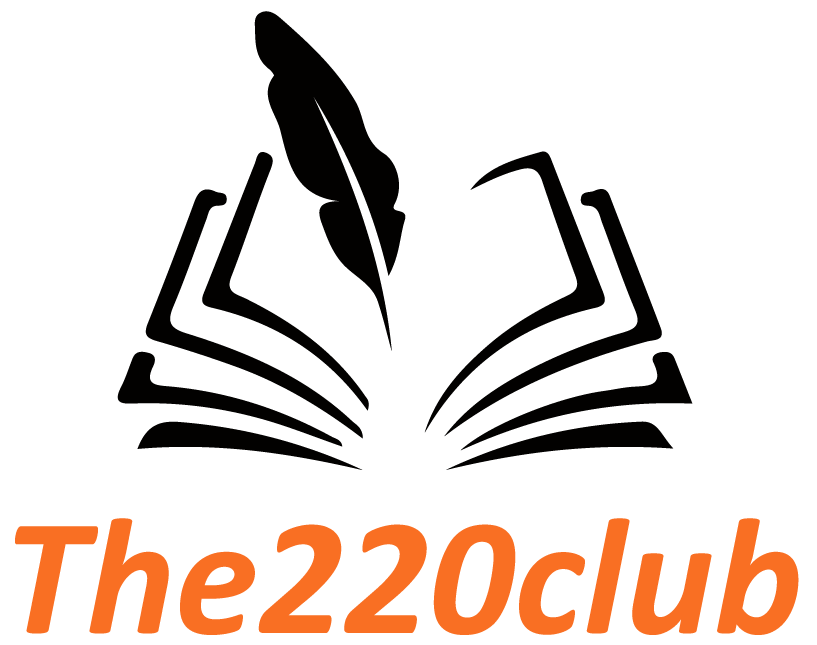Check Point CloudGuard AppSec provides comprehensive protection against the OWASP Top Ten and other common web application vulnerabilities. Learn more about how CloudGuard AppSec can protect your cloud applications with this whitepaper. Scanning for, remediating, and protecting against the vulnerabilities described in the OWASP Top Ten list is a good starting place for web application DevSecOps. These vulnerabilities are some of the most common and high-impact vulnerabilities in web applications, and their visibility makes them common targets of cyber threat actors. This requirement contains both an action to verify that no default passwords exist, and also carries with it the guidance that no default passwords should be used within the application.
- Thus, the business cost of a successfully exploited authorization flaw can range from very low to extremely high.
- For more information about the security threats to your cloud-based applications, check out this eBook.
- In addition to its design and implementation, the security of an application is also determined by how it is configured.
- Authorization may be defined as “the process of verifying that a requested action or service is approved for a specific entity” (NIST).
Insufficient entropy is when crypto algorithms do not have enough randomness as input into the algorithm, resulting in an encrypted output that could be weaker than intended. The Open Web Application Security Project (OWASP) is a 501c3 non for profit educational charity dedicated to enabling organizations to design, develop, acquire, operate, and maintain secure software. All OWASP tools, documents, forums, and chapters are free and open to anyone interested in improving application security. Unit and integration testing should aim to incorporate many of the concepts explored in this document. Does the application terminate safely when an access control check fails, even under abnormal conditions?
Proactive Controls Index¶
When the story is focused on the attacker and their actions, it is referred to as a misuse case. From the “Authentication Verification Requirements” section of ASVS 3.0.1, requirement 2.19 focuses on default passwords. The OWASP Developer Guide is a community effort; if there is something that needs changing
then submit an issue or a pull request. The potential impact resulting from exploitation of authorization flaws is highly variable, both in form and severity. Thus, the business cost of a successfully exploited authorization flaw can range from very low to extremely high. Of these, four vulnerabilities (4, 8, and 10) are brand new, four are unchanged other than ranking, and the remainder consolidates or rename categories from the previous version of the list.
However, this document should be seen as a starting point rather than a comprehensive set of techniques and practices. SSRF vulnerabilities can exist when a web application does not properly validate a URL provided by a user https://remotemode.net/ when fetching a remote resource located at that URL. If this is the case, then an attacker exploiting the vulnerability can use the vulnerable web application to send a request crafted by the attacker to the indicated URL.
#7. Identification and Authentication Failures
Vulnerabilities in the broken access control category include any issue that allows an attacker to bypass access controls or that fails to implement the principle of least privilege. For example, a web application might allow a user to access another user’s account by modifying the provided URL. Security requirements provide a foundation of vetted security functionality for an application. Instead of creating a custom owasp proactive controls approach to security for every application, standard security requirements allow developers to reuse the definition of security controls and best practices. Those same vetted security requirements provide solutions for security issues that have occurred in the past. Both entirely unauthenticated outsiders and authenticated (but not necessarily authorized) users can take advantage of authorization weaknesses.
- The Capital One hack is an example of a recent, high-impact security incident that took advantage of an SSRF vulnerability.
- Access control systems are intended to ensure that only legitimate users have access to data or functionality.
- Cryptographic failures include a failure to use encryption at all, misconfigurations of cryptographic algorithms, and insecure key management.
- This includes making sure no sensitive data, such as passwords, access tokens, or any Personally Identifiable Information (PII) is leaked into error messages or logs.
- If this is the case, then an attacker exploiting the vulnerability can use the vulnerable web application to send a request crafted by the attacker to the indicated URL.
